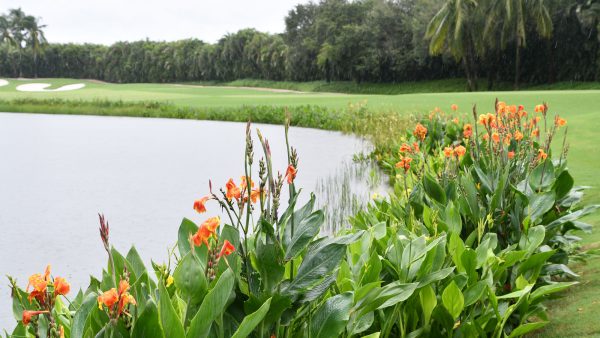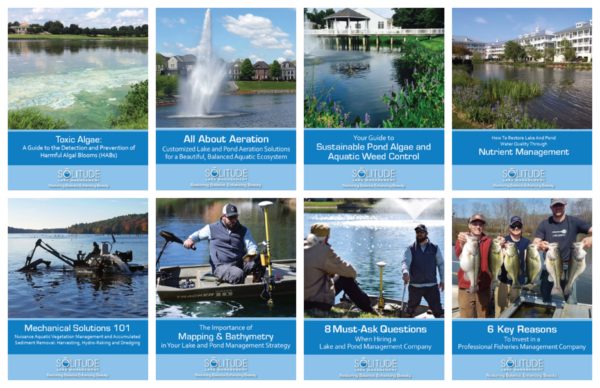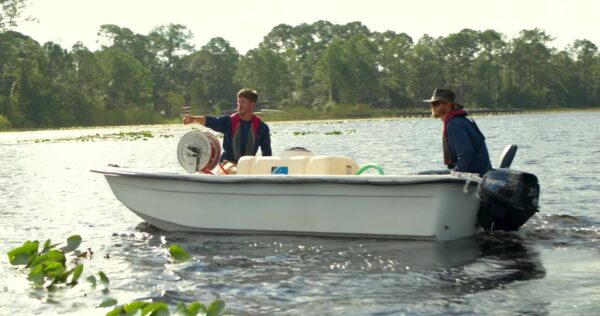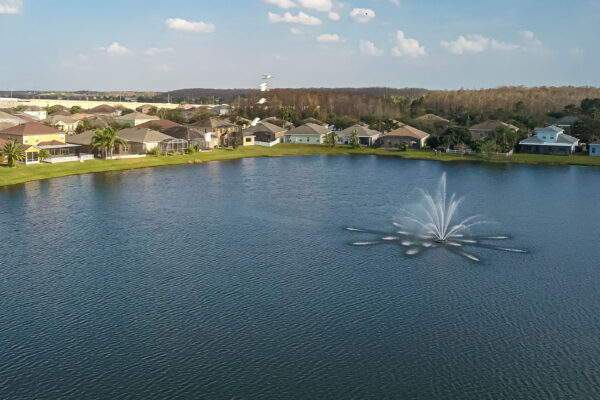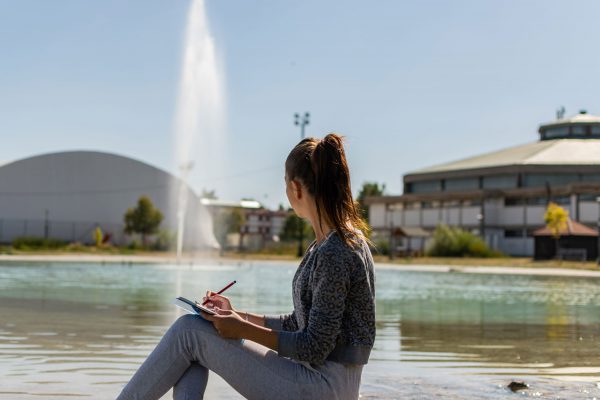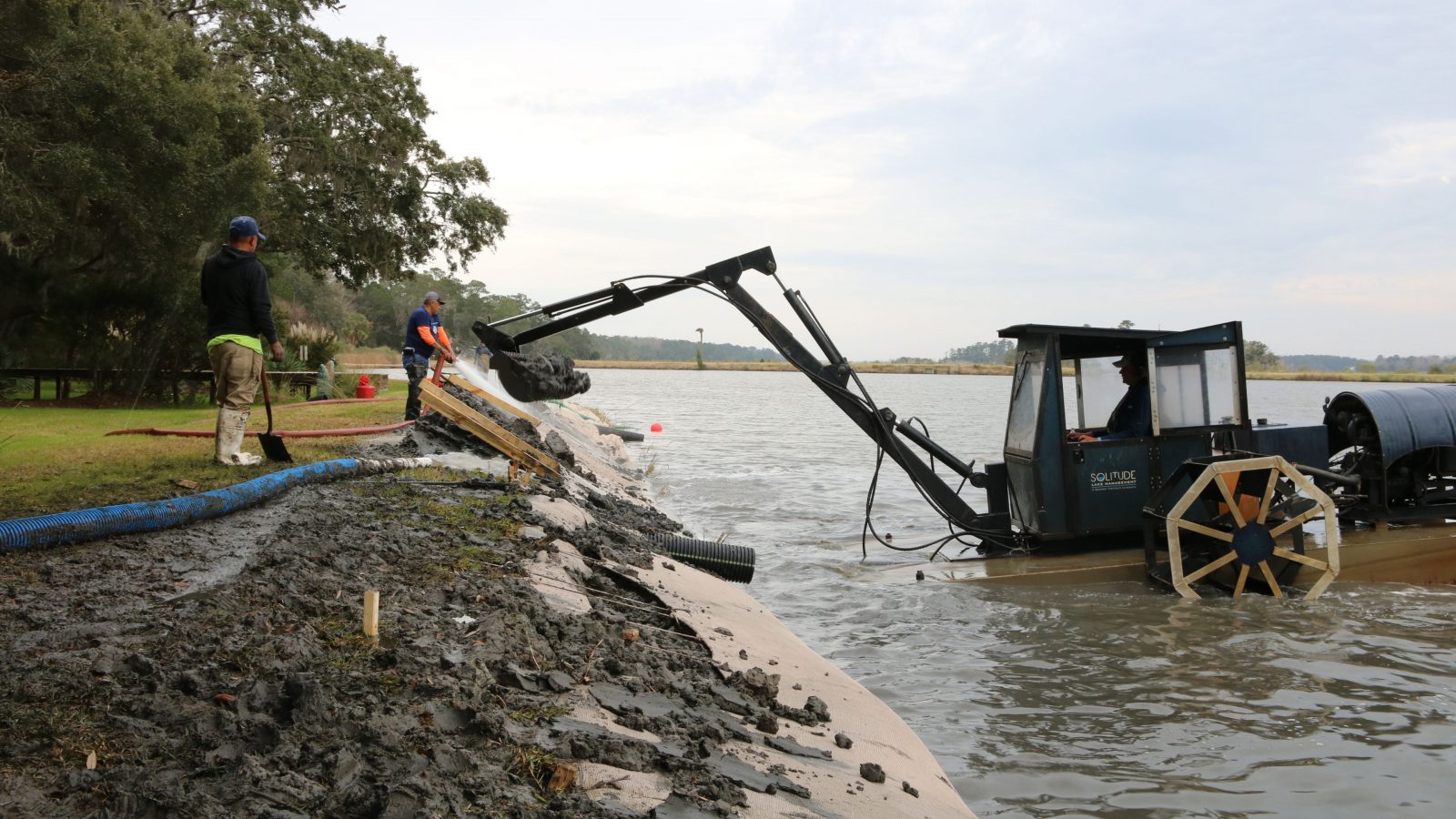
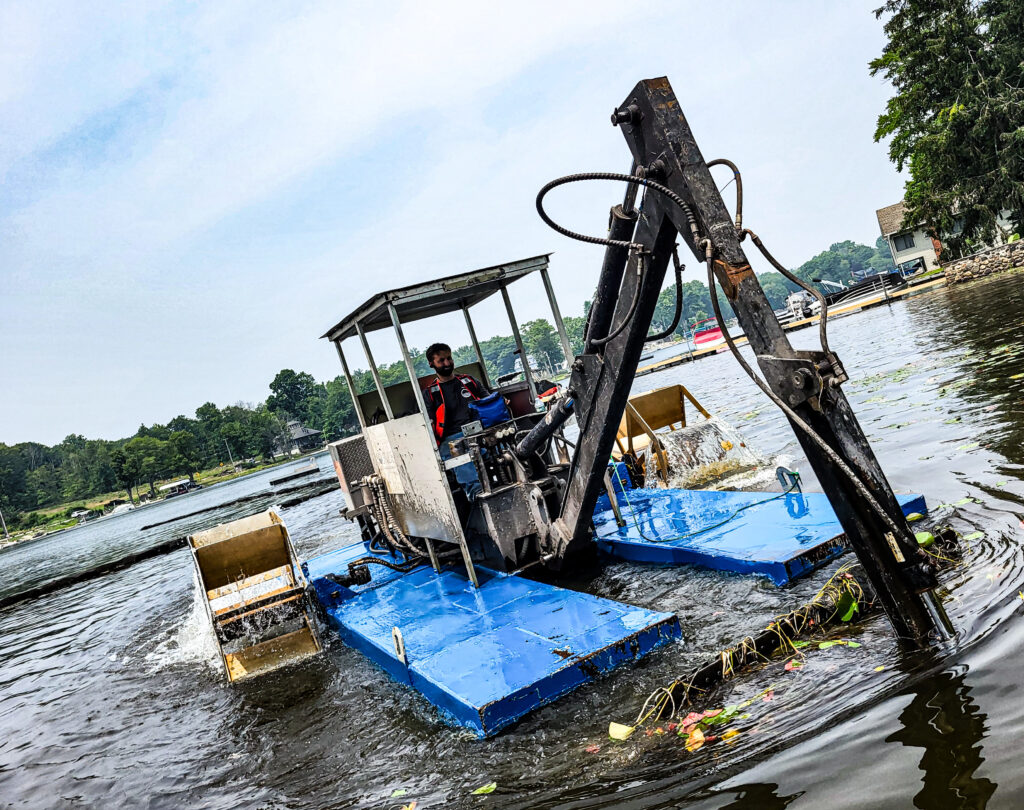
Every waterbody, no matter how big or small, natural or manmade, evolves through Mother Nature’s influence. This influence is unique to each individual waterbody, depending on the surrounding watershed’s characteristics such as: water flow, topography, human land use and development. As a lake or pond ages, it continually collects the surrounding surface runoff which contains suspended sediment and nutrients, such as phosphorous and nitrogen. These excess materials disperse throughout the water column and pond bottom and as a result, water quality diminishes and nuisance growth of aquatic plants and pond algae is escalated. These influences accelerate the build-up of organic matter from decaying aquatic life, leaves, tree limbs and other debris, decreasing the water depth. If left unmanaged, these inputs will lead to the filling in of the waterbody’s basin, eventually creating wetlands and later developing into a land mass. To prevent a waterbody from succumbing to the influences of Father Time, hydro-raking is an ideal lake management option.
What is hydro-raking?
Hydro-raking is the process of removing detritus (leaf litter, debris, decaying organic matter and unwanted nuisance aquatic vegetation and root systems) from a waterbody. As shown above, the hydro-rake is essentially a floating barge with a backhoe, powered by hydraulic paddle wheels. The 12-foot hydraulic arm is equipped with a rake attachment, which is used to scrape or rake the pond bottom and remove detritus and aquatic vegetation with attached root systems.
Each rake-full is transported and deposited onshore. The detritus is then allowed to dewater before being moved to the compost or disposal site.
The hydro-rake can operate in water depths ranging from one-and-a-half to ten feet. Each rake-full of organic matter can range from 300 to 500 lbs. depending on the compositional makeup. The duration of a hydro-rake project is contingent on the project objective, plant type and density, detritus depth, management area, and other logistical factors such as onshore offload locations.
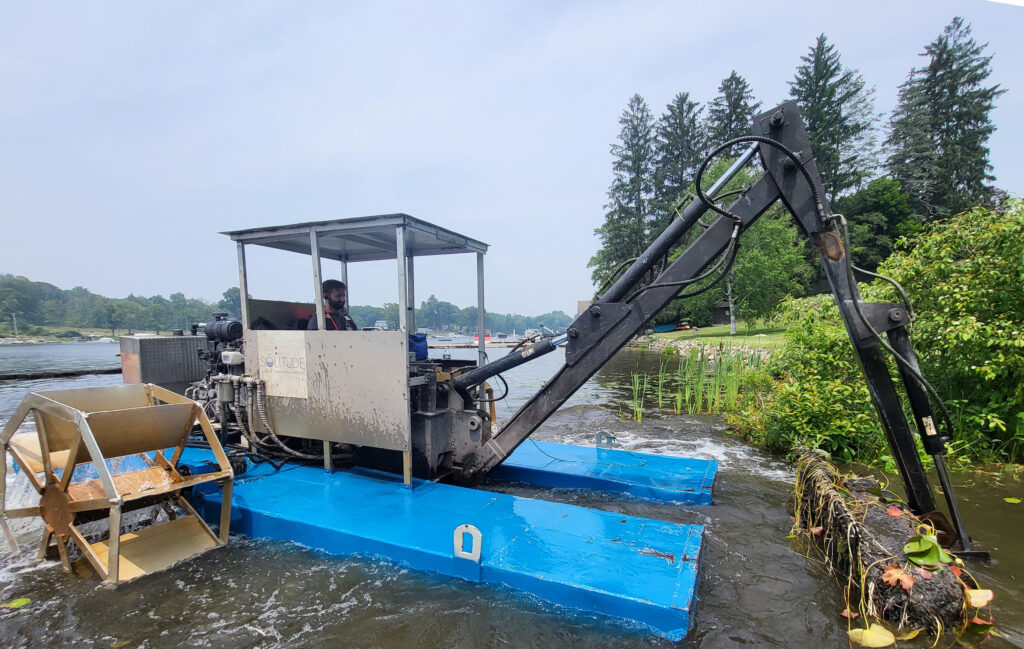
Benefits
Employing hydro-raking as a lake management tool provides many biological benefits. To start, hydro-raking involves the removal of large amounts of organic matter which increases the overall water depth. This technique is ideal for the health of any waterbody, as it recoups habitat for aquatic flora and fauna to thrive in.
Further, hydro-raking can rid the waterbody of undesirable vegetation, whether that be invasive plants such as Common Reed (Phragmites australis) or native nuisance plants such as Yellow Water Lily (Nuphar lutea). These plants have the ability to form large monocultures over lakes and ponds that outcompete native species for nutrients and light. The abundance of vegetation and decaying organic material can also cause a reduction in dissolved oxygen through decomposition. Reclamation of a waterbody’s open water space increases its capacity to intake oxygen through wind currents, which is beneficial to aquatic organisms.
In the process of removing the detritus and nuisance vegetation, the hydro-rake is also removing nutrients such as phosphorus and nitrogen. If these nutrients are left unmanaged, the waterbody can become overloaded with nutrients, a process known as eutrophication. This condition can lead to ecological degradation through excessive algae growth, oxygen depletion, and death of aquatic life.
Hydro-raking is an ecological and economical alternative to dredging. The rake attachment allows aquatic organisms to escape, whereas wet/dry dredging with an excavator permanently removes aquatic life. Hydro-raking is also valued for its ability to sustain the condition of the shoreline during operation. Having a backhoe and the capacity to float allows the hydro-rake to off-load material up to eight feet from the water’s edge, without damaging the shoreline. Furthermore, the hydraulic system of the hydro-rake is powered by bio-fluid which is a renewable, bio-degradable and non-toxic substance.
Overall, it is aesthetically pleasing to see a lake or pond that has been recently hydro-raked because it is deeper and clear of unwanted vegetation and debris. In the end, the fish are swimming, the birds are chirping, the water is flowing, and we can just sit back and enjoy Mother Earth.
SOLitude Lake Management is a nationwide environmental firm committed to providing sustainable solutions that improve water quality, enhance beauty and preserve natural resources.
SOLitude’s team of aquatic scientists specializes in the development and execution of customized lake, stormwater pond, wetland and fisheries management programs. Services include water quality testing and restoration, algae and aquatic weed control, installation and maintenance of fountains and aeration systems, shoreline erosion control, muck and sediment removal and invasive species management. SOLitude partners with homeowners associations, golf courses, private landowners, businesses and municipalities. SOLitude Lake Management is part of Rentokil, a leading business services company, operating across the United States, Canada and Puerto Rico.
For more information, visit SOLitude Lake Management at solitudelakemanagement.com, and connect on Facebook, LinkedIn, Twitter, Instagram and YouTube.

